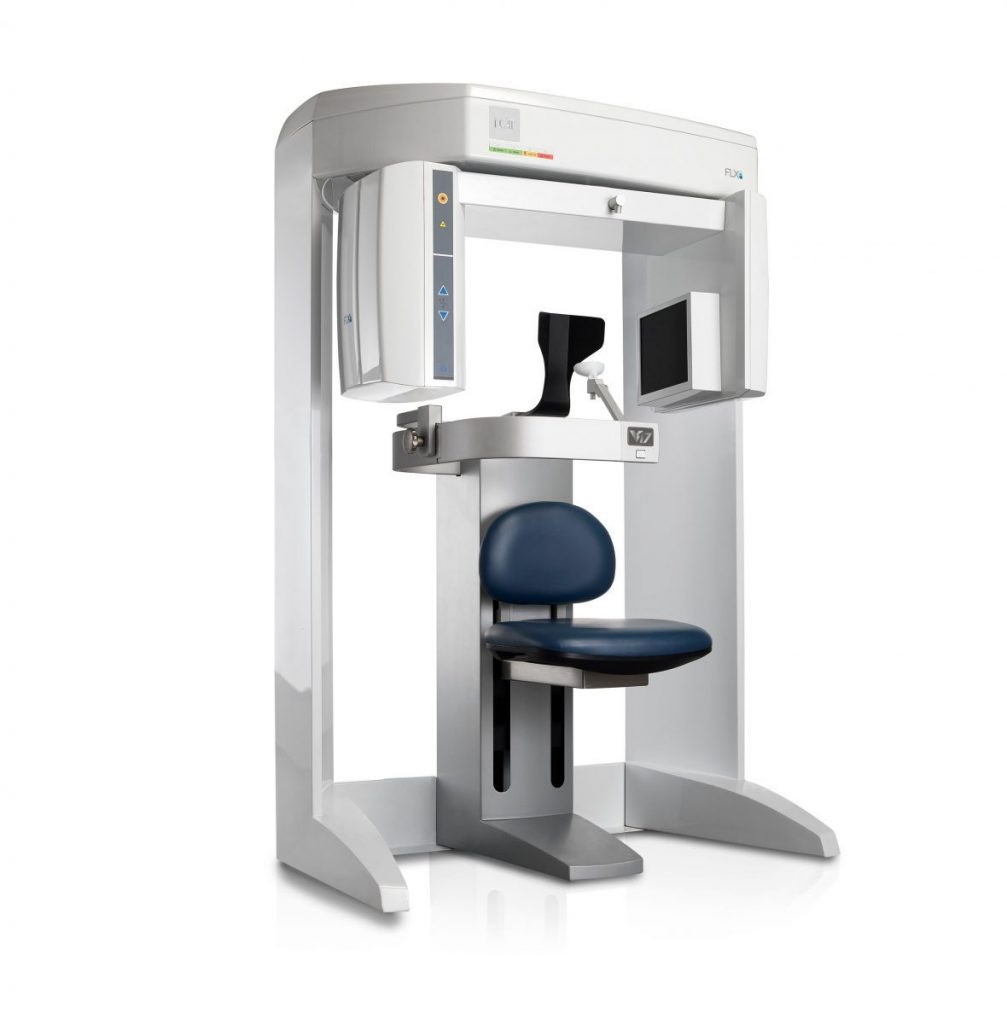3D X-Rays Sacramento, CA
i-CAT™ FLX V17 Cone Beam (CBCT)
Welcome to our Diamond Dental of Sacramento, where Dr. Sheetal Padval and her team embrace the latest technology to elevate your oral healthcare experience. One such advancement is the utilization of 3D X-rays.
3D X-rays, also known as Cone Beam Computed Tomography (CBCT), are a specialized imaging technology used in dentistry. They work on the same principle as traditional X-rays but provide three-dimensional images instead of two-dimensional ones. CBCT scanners use a cone-shaped X-ray beam to capture a comprehensive view of the oral and maxillofacial regions.
Why Use 3D X-Rays in Dentistry?
The use of 3D X-rays, or Cone Beam Computed Tomography (CBCT), in dentistry is highly advantageous for several reasons. Firstly, CBCT provides detailed and three-dimensional images of the oral and maxillofacial structures, allowing for precise diagnosis and treatment planning. This accuracy is particularly valuable in identifying issues like impacted teeth, cysts, tumors, and fractures. Moreover, CBCT enables dentists to plan treatments with exceptional precision, reducing the risk of complications during procedures like dental implant placement or root canal therapy.

Patients benefit from reduced radiation exposure compared to traditional medical CT scans, ensuring their safety during the imaging process. Additionally, CBCT offers a more comfortable and non-invasive experience, eliminating the need for uncomfortable impressions. Overall, the use of 3D X-rays in dentistry enhances diagnostic accuracy, minimizes invasiveness, and ultimately leads to better treatment outcomes for patients.
Benefits of 3D X-Rays
Cone beam computed tomography (CBCT) is a specialized imaging technique that uses 3D X-rays to provide detailed and accurate images of the oral and maxillofacial regions. Here are some of the benefits of using CBCT in dentistry:
